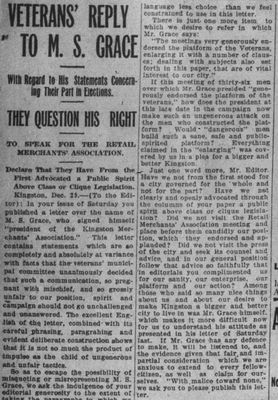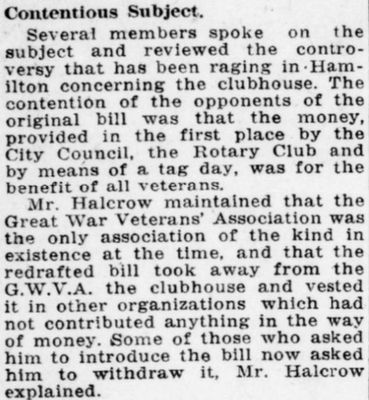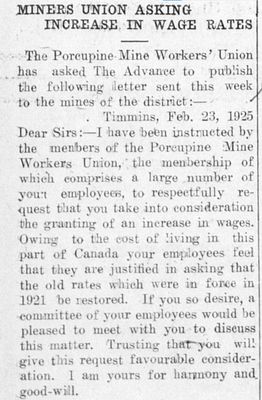
Veterans on Strike
After the First World War ended in 1919, hundreds of thousands of combat veterans retired from the military and struggled to readjust to civilian lives. While many veterans found it difficult to find stable and well-paid jobs, there are also many others who suffer from traumas like PTSD, Shell Shock, and different types of permanent physical or mental injury. Many people, including those who retired from the temporarily converted military factories built during the war, decided to work in other manufactories and production plants.

Increasing Social Awareness
With hundreds of thousands of retired veterans desperately seeking jobs, Canada's economy was also worsening due to hyperinflation, and increasing housing and food prices. Soon the struggles for the veterans became the struggles for all workers: starting in 1919 labour movement reached its climax, and strikes became ever more frequent due to the worsening living conditions. Joined by both veterans and workers, the One Big Union (OBU) was one the largest and most influential labour movements in Ontario, where Canada's industry and labour forces were most concentrated. More than 90 strikes occurred in 1919 alone, and more than 200 strikes across the entire Canada.

Social services and benefits for veterans by the end of the First World War were severely lacking. Most veterans could not get benefits or support from the Canadian government, while most civilian-owned charity organizations and funding that were established during the war quickly disappeared. In the 1920s society generally remained unaware of the difficult situations of the retired veterans, and the unbearable living conditions led to several major strikes, with the most significant one being the Winnipeg General Strike of 1919.

With veterans joining and leading the strikes and protests against the government's inability to provide social benefits, people became more aware of the struggles the veterans were experiencing. Media coverages of veterans' speeches, and assemblies began to occur in newspapers. These coverages on Veterans' struggles and actions were also reported outside of Ontario, particularly in Calgary, Alberta and Brandon, Manitoba. From the early 1920s to the beginning of the Second World War, veteran organizations thrived and these communities were able to gain more public awareness through strikes and media coverage. Unfortunately, despite the increasing strikes and labour union movements, few practical changes or aids were provided to those in need by the property owners or the Canadian government.
